On October 28, delegates from 24 countries and representatives from the EU signed an agreement to establish the world's biggest marine reserve in the Ross Sea in Antarctica. The agreement will come into force on December 1, 2017 and will be valid for 35 years. It is designed to preserve the ecosystem of the area.
Today, we're inviting you to meet some of the 'natives' inhabiting Antarctica – birds, mammals and fish.
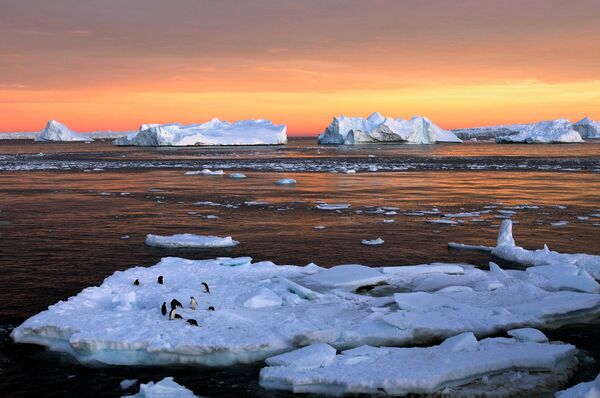
Adelie penguins stand atop ice near the French station at Dumont d'Urville in East Antarctica, January 22, 2010.
Waddling over the rocks, legions of penguins hurl themselves into the icy waters of Antarctica, foraging to feed their young. Like seals and whales, they eat krill, an inch-long shrimp-like crustacean that forms the basis of the Southern Ocean food chain. But penguin-watchers say the krill are getting scarcer in the western Antarctic peninsula, under threat from climate change and fishing.
Waddling over the rocks, legions of penguins hurl themselves into the icy waters of Antarctica, foraging to feed their young. Like seals and whales, they eat krill, an inch-long shrimp-like crustacean that forms the basis of the Southern Ocean food chain. But penguin-watchers say the krill are getting scarcer in the western Antarctic peninsula, under threat from climate change and fishing.
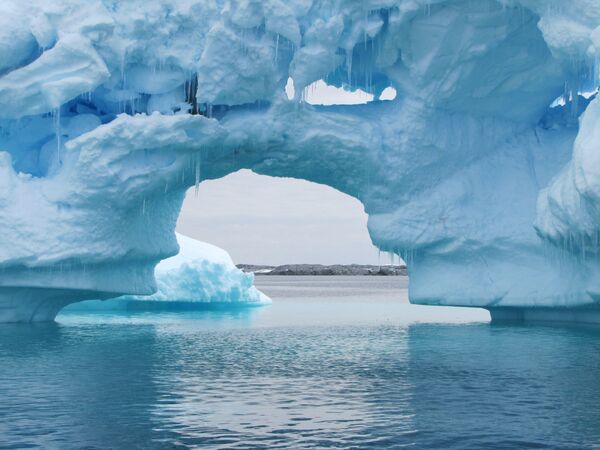
A picture, taken on January 2, 2010, shows huge icebergs on the Antartic Peninsula.
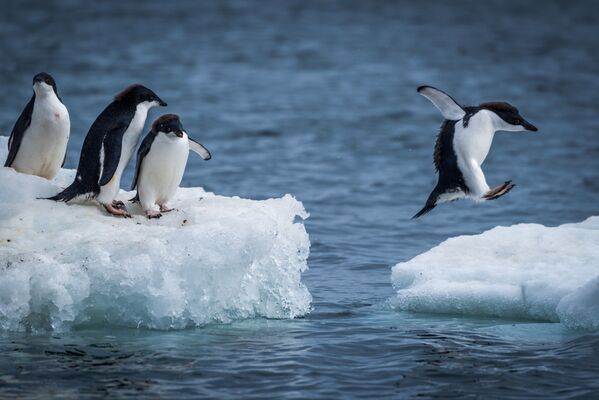
Adelie penguins jumping between two ice floes.
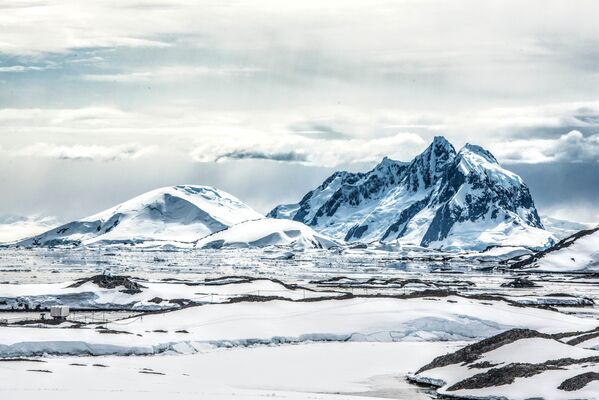
Surreal landscapes of Antarctica.
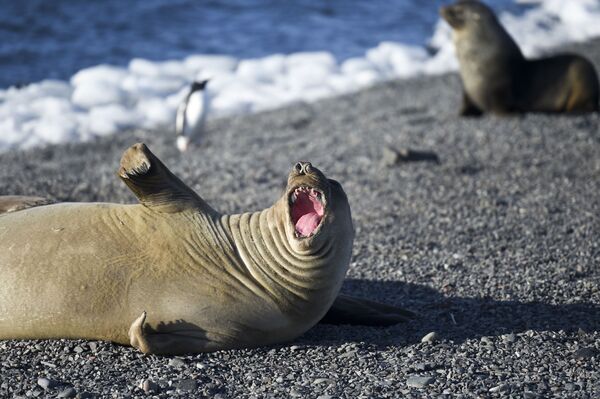
An elephant seal lying at the Yankee Harbour in the South Shetland Islands, Antarctica, on March 06, 2016.
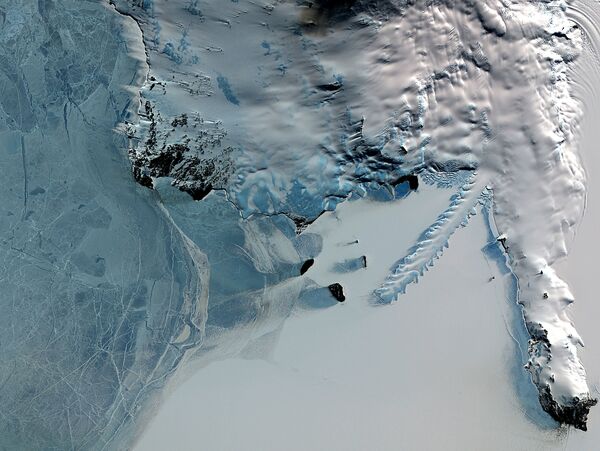
An image from the Terra satellite shows the Erebus ice tongue (R) protruding 12kms off the coast of Ross Island into the frozen waters of McMurdo sound in Antartica. The blue-rimmed, serrated "knife" is formed by the rapidly moving valley glacier on the side of Mt Erebus volcano extending into the Southern Ocean during summer when waves carve elaborate structures in the ice. In winter the sea freezes once more around these new shapes.
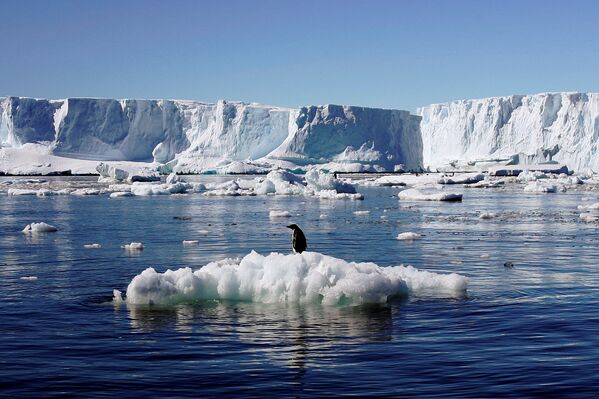
An Adelie penguin stands atop a block of melting ice near the Dumont d'Urville, a French station in East Antarctica January 23, 2010.
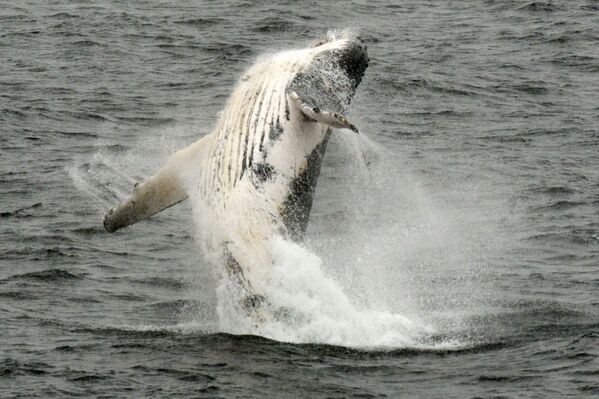
A humpback whale jumps out of the water in the western Antarctic peninsula, on March 05, 2016.
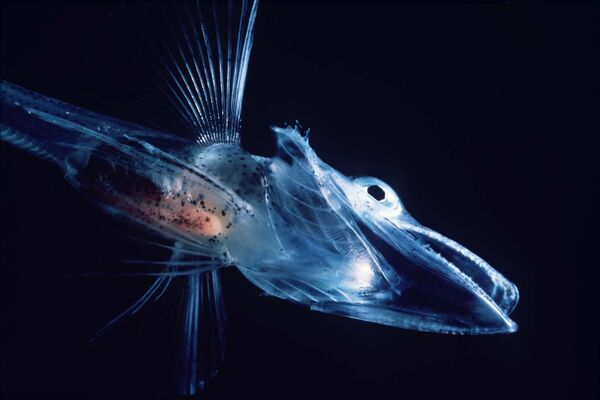
9/10
© Wikipedia
Icefish, endemic to Antarctica, can survive in the freezing waters of the Southern Ocean.
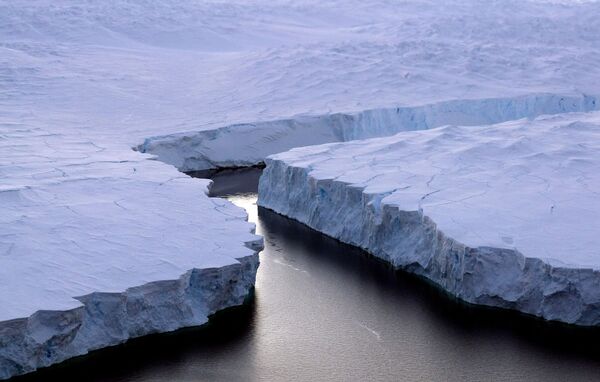
An enormous iceberg (R) breaks off the Knox Coast in the Australian Antarctic Territory on January 11, 2008. Australia's CSIRO's atmospheric research unit has found the world is warming faster than predicted by the United Nations' top climate change body, with harmful emissions exceeding worst-case estimates.



